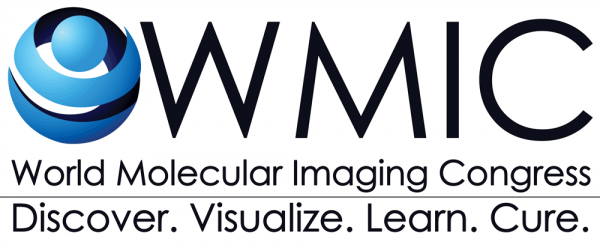A New Bottom-up Approach for the Synthesis of Self-assembled Nanostructures for Molecular Imaging
Brenda Sachez-Gaytan, Icahn School of Medicine at Mount Sinai
Introduction
As new and improved nanoparticle platforms are emerging, highly reproducible synthetic methods to generate homogenous nanoparticles at large scale become necessities. Typical methods for self-assembled nanoparticle systems involve ineffective and cumbersome procedures. Among the plethora of nanoparticles to be used as imaging agents, lipid-based nanoparticles such as nanoemulsions and the natural nanoparticles based on high-density lipoprotein (HDL) are of interest. Nanoemulsions (an oil nanodroplet core surrounded by a lipid corona) are typically synthesized through top-down approaches, which limits size modulation. Typical nanoemulsion synthetic procedures also limit the loading of various materials inside the oil core. HDL is structurally similar to an oil in water emulsion and can be modified with diagnostic molecules (e.g. paramagnetic, fluorescent) as well as hydrophobic payloads (e.g. nanocrystals).1 Here, we present a single-step microfluidics-based method to synthesize nanoemulsions and HDL-like nanoparticles (μHDL) to be used for molecular imaging and therapeutic purposes.
Methods and Results
A new bottom-up microfluidics-based approach was used to synthesize the nanoparticles. μHDL of different phospholipid compositions (DMPC/MHPC and POPC/PHPC) were prepared. Briefly, a solution of phospholipids dissolved in ethanol was injected into the microfluidics module where it was instantaneously mixed with apolipoprotein AI (ApoA-I) in PBS. The impact of phospholipids ratio and flow rates of the components in the size and structure of the nanoparticles was studied as well as the incorporation efficiency of imaging and therapeutic components. μHDL had the same structural and biological properties (e.g. size, morphology, bioactivity) as native HDL. In addition, hydrophobic drugs and imaging agents could be easily incorporated. Nanoemulsions were generated by injecting an ethanolic solution containing oil, lipids and hydrophobic imaging agents (e.g. nanocrystals, dyes or functional lipids) into the microfluidics module where it was swiftly mixed with water. The ratios of oil/lipids as well as the flow rates were found to have a profound impact on the size and overall quality of the nanoparticle. Remarkably, the homogeneity of the batches and incorporation efficiency was also improved when compared with typical synthetic methods.
Conclusions
Synthetic lipid-based nanoparticles were produced using microfluidic-based technology. The ease of preparation allows the scaling-up of highly reproducible nanoparticle batches and allow for structure modulation not obtainable through other synthetic approaches.
1. Duivenvoorden et al. Nat Commun. 2014. 5. 3065
